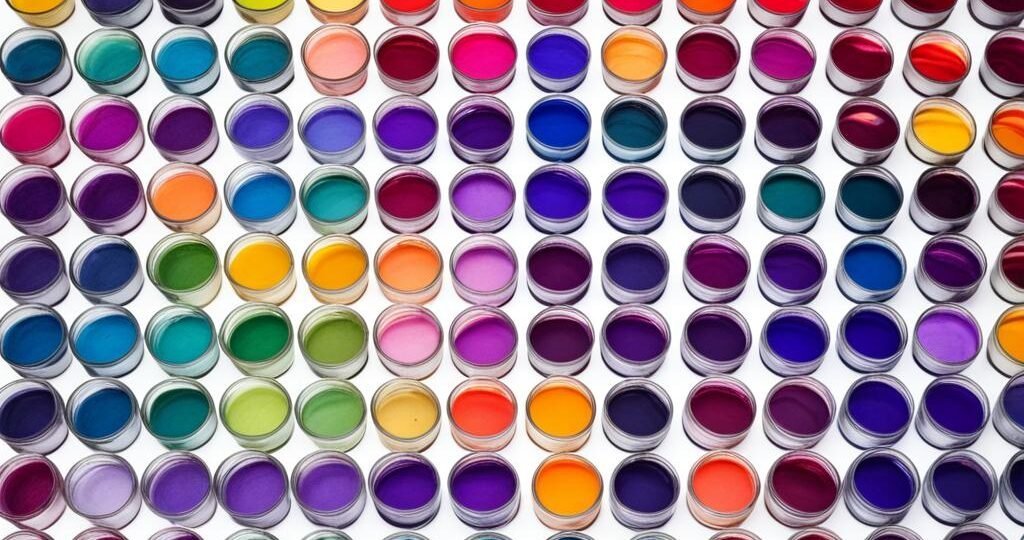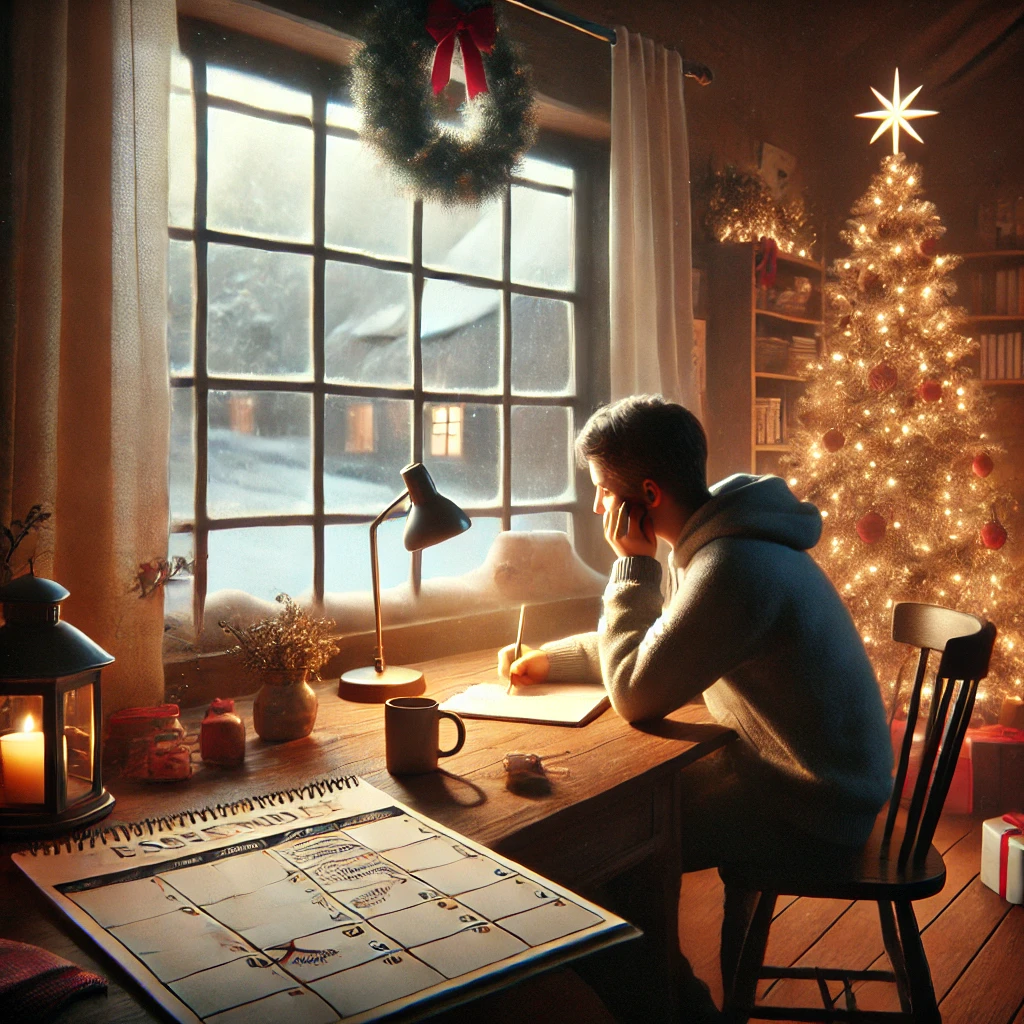
At Devil n Dove, we invite you to embark on a creative journey where curiosity meets craft. Whether you’re a seasoned artist or a novice explorer, our jewelry making and craft projects will inspire you to learn, grow, and unleash your imagination. From the first sketch to the final piece, every creation tells a unique story.
Our passion for creativity drives us to dive deep into the world of jewelry making and crafts, constantly seeking new techniques and innovative approaches. We believe that by sharing our knowledge and experiences, we can foster a community of like-minded individuals who are equally eager to explore the possibilities of their own artistic endeavors.
By subscribing to Devil n Dove, you’ll gain access to a wealth of inspiration. Our videos, tutorials, and guides will take you step-by-step through the process of crafting exquisite jewelry and other handmade treasures. From enhancing candles with vibrant colors to experimenting with different materials and techniques, you’ll find endless opportunities to unleash your creativity.
Join us on this adventure and be part of a community that encourages learning, growth, and artistic expression. Hit the notification button to stay updated with our latest projects, and visit our website at www.devilndove.com or our store at www.devilndove.online to support our journey towards artistic excellence. Welcome to Devil n Dove, where every creation tells a story.
Key Takeaways:
- Curiosity meets craft on Devil n Dove’s creative journey.
- Dive into the world of jewelry making and crafts with us.
- Learn, grow, and unleash your imagination with each project.
- Subscribe and hit the notification button for a world of inspiration.
- Visit www.devilndove.com or our store at www.devilndove.online to support us.
Types of Candle Dye
When it comes to adding color to your candles, there are different types of candle dyes to choose from. Understanding the options available can help you achieve the desired results in your candle-making process.
1. Dye Chips: Dye chips are a popular choice for candle makers due to their convenience and ease of use. These small, colored wax chips can be melted directly into the wax, allowing for easy customization and adjustments of color intensity. Dye chips are available in a wide range of shades, giving you the flexibility to create various candle colors.
2. Dye Blocks: Similar to dye chips, dye blocks are another commonly used form of candle dye. These blocks are larger in size and can be melted or shaved into the wax to achieve the desired color. Dye blocks offer versatility in color blending and allow for precise measurements, making them ideal for achieving consistent results.
3. Liquid Dye: If you’re looking for highly concentrated and vibrant colors, liquid dye is a great option. This type of dye is versatile and can be easily mixed with the melted wax. Liquid dyes are highly pigmented, allowing you to achieve intense color saturation with just a few drops. Due to their concentration, liquid dyes offer excellent color control and are particularly suitable for intricate designs and detailed candle-making techniques.
No matter which type of candle dye you choose, it’s important to keep in mind that most candle dyes contain synthetic ingredients. These synthetic ingredients are specifically formulated to produce vivid and consistent color results. Additionally, candle dye colors are derived from a variety of materials, including plants, oxides, clays, and minerals, enhancing the range of shades available for your candles.
For a visually engaging table outlining the different types of candle dye and their characteristics, refer to the table below:
| Type of Candle Dye | Description | Main Benefits |
|---|---|---|
| Dye Chips | Small wax chips that melt directly into the wax | Convenient, easy to customize, wide range of colors |
| Dye Blocks | Larger blocks that can be melted or shaved into the wax | Precise measurements, versatile color blending |
| Liquid Dye | Highly concentrated liquid that can be mixed with the wax | Intense color saturation, excellent color control |
With the right choice of candle dye and color options, you can unleash your creativity and bring your candle-making projects to life!
How to Add Color to Candles
Adding color to candles is an easy and exciting process that allows you to create unique and visually appealing candles. Whether you’re a beginner or an experienced candle maker, the right application of dye can make a significant difference in the final result of your candles.
When it comes to dye application, two commonly used forms are dye chips and liquid dye. Both options offer different benefits and can be used effectively depending on your preference and the desired outcome.
For dye chips, start by melting your candle wax to the appropriate temperature. Once the wax has reached the desired consistency, add the dye chips directly to the melted wax. Stir the mixture thoroughly until the dye chips completely dissolve. This ensures the even distribution of color throughout the wax.
On the other hand, liquid dyes are added to the fully melted wax. Unlike dye chips, less vigorous stirring is required as liquid dyes tend to blend more easily. However, it’s essential to ensure that the liquid dye is fully mixed with the wax to avoid any specks of colorant left behind that may affect the overall appearance of the candles.
When measuring the amount of dye needed, it is crucial to consider the desired color intensity and the type of wax you are using. Different waxes may require varying amounts of dye to achieve the desired shade. It is always recommended to start with small amounts of dye and gradually add more as needed. This allows you to have better control over the color development and prevents overdyeing.
Remember, achieving the perfect color for your candles may require some experimentation and testing. Factors such as the type of wax, fragrance oils used, and other additives can affect the final color result. Be patient and willing to adjust the amount of dye to achieve the desired outcome.
In summary, adding color to candles involves careful dye application, thorough stirring, and the right measurement of dye amounts. By following these steps, you can create beautifully colored candles that are sure to impress.
Tips for Effective Use of Candle Dyes
Enhance your candle-making skills with these valuable tips for using candle dyes. Whether you’re a beginner or an experienced candle maker, these techniques will help you achieve vibrant and beautifully colored candles.
1. Always Test Your Candles
Before creating a large batch of colored candles, it’s important to test your dyes. This is especially crucial when using powdered pigments. By testing a small sample, you can ensure that the color intensity and shade are exactly what you desire. This allows you to make adjustments and achieve the desired result before committing to a larger production.
2. Mix Different Colors for Custom Shades
Get creative with your candle color palette by mixing different shades of dye. This allows you to create custom colors that truly reflect your unique style. Experiment with various combinations to achieve the perfect hue for your candles. Keep track of the ratios used, so you can recreate your favorite custom shades in the future.
3. Consider the Impact of Fragrance Oil
Did you know that the choice of fragrance oil can affect the final color result of your candles? Some fragrance oils may cause the color to shift or change, so it’s important to consider this when selecting your scents. Test your fragrance oils in small batches to see how they interact with the candle dye. This will help you anticipate any color changes and ensure consistency in your candle creations.
4. Add Dye Gradually for Desired Intensity
Adding dye gradually allows you to control the color intensity of your candles. Start with a small amount of dye and gradually increase until you achieve the desired shade. Keep in mind that colors may appear darker when the wax is in a liquid form. To see the true color, allow your candles to cool completely before assessing the final result.
5. Our Table of Candle Dye Colors
| Candle Dye Color | Description |
|---|---|
| Red | A vibrant and bold shade that adds warmth and energy to your candles. |
| Blue | A calming and serene color that creates a relaxing ambiance. |
| Yellow | A cheerful and sunny hue that brings brightness and positivity to any space. |
| Green | A fresh and earthy color that evokes a sense of nature and tranquility. |
| Purple | A regal and luxurious shade that adds a touch of elegance to your candles. |
Our selection of candle dye colors offers a range of options to suit your creative vision. Discover the perfect shades to bring your candle-making ideas to life.
These tips for using candle dyes will help you achieve stunning results in your candle-making endeavors. Remember to test, mix, consider fragrance oils, add dye gradually, and reference our handy table of candle dye colors. With these techniques and tools, you’ll be able to create candles that are both visually appealing and captivating.
Support us at www.devilndove.com or explore our store at www.devilndove.online to find the best candles.
Conclusion
Using candle dyes effectively can elevate your candle-making skills and create stunning customized candles. By understanding the different types of candle dye and how to add color to candles, you can achieve vibrant and evenly colored results.
To start, consider the type of dye that best suits your needs. Whether you choose dye chips, dye blocks, or liquid dye, each option offers its own advantages in terms of ease of use and color intensity. Experiment with different types to discover your personal preference.
When adding color to your candles, remember to stir the melted wax thoroughly to ensure even distribution of the dye. Start with small amounts and gradually increase to achieve the desired color intensity. Keep in mind that fragrance oils may impact the final color result, so consider their effect when selecting your dye.
To achieve consistent and satisfactory results, always test your candles before creating larger batches. This will allow you to make any necessary adjustments, especially when using powdered pigments. And don’t forget, colors may appear darker in liquid form, so allow the candles to cool completely to accurately assess the final color.
At Devil & Dove, we provide a wide range of high-quality candles. Visit our website at www.devilndove.com or shop directly at our online store, www.devilndove.online, and explore the possibilities of creating beautifully colored candles that light up any space.
FAQ
What are the different types of candle dye?
There are three main types of candle dye – dye chips, dye blocks, and liquid dye. Dye chips and dye blocks are more common and easy to use, while liquid dye is highly concentrated and versatile.
What materials are candle dye colors made from?
Candle dye colors are made from a variety of materials, such as plants, oxides, clays, minerals, and synthetic sources. Most candle dyes contain synthetic ingredients.
How do I add color to candles?
Adding color to candles is a simple process. For dye chips, add them to the melted wax when it reaches the appropriate temperature. Stir the wax until the dye chips completely dissolve. For liquid dyes, add them once the wax is fully melted, with less mixing required.
How much dye should I use?
The amount of dye needed depends on the desired color and the type of wax used. It is recommended to start with small amounts and adjust as needed. Always ensure that the dye is fully blended before pouring the candles.
What are some tips for effectively using candle dyes?
Here are some tips for effectively using candle dyes: always test your candles, mix different colors for custom shades, consider the impact of fragrance oil on the final color result, add dye gradually until desired intensity, and allow the candles to cool to see the final color.
Source Links
RELATED POSTS
View all



